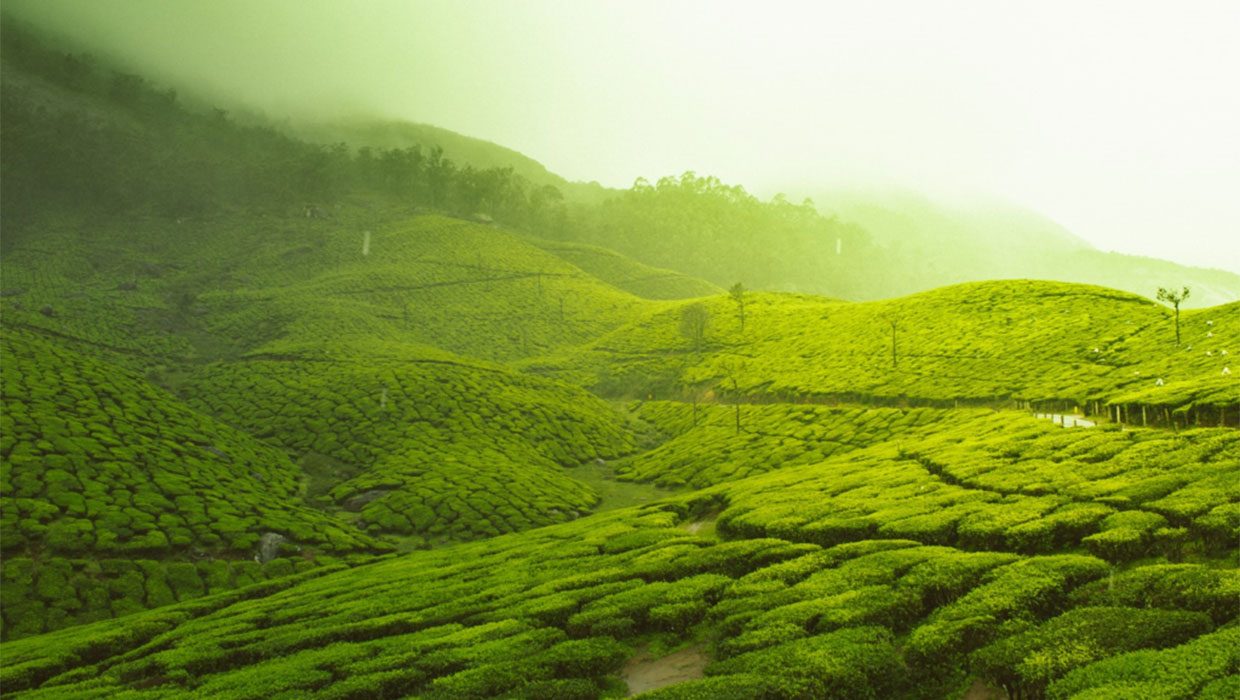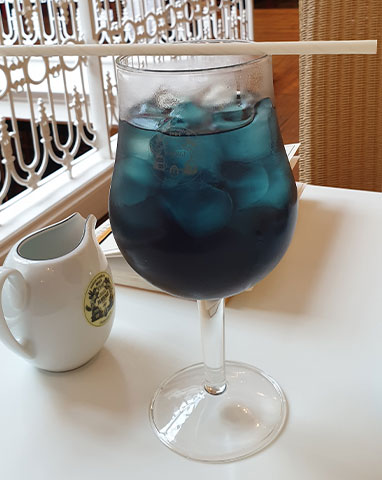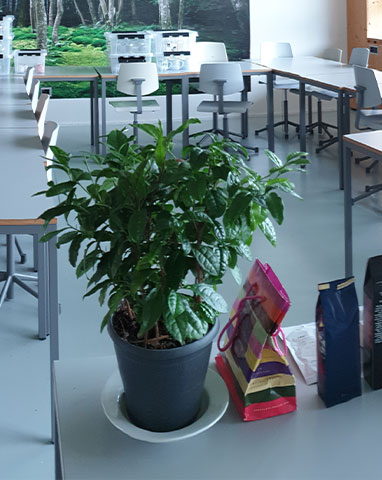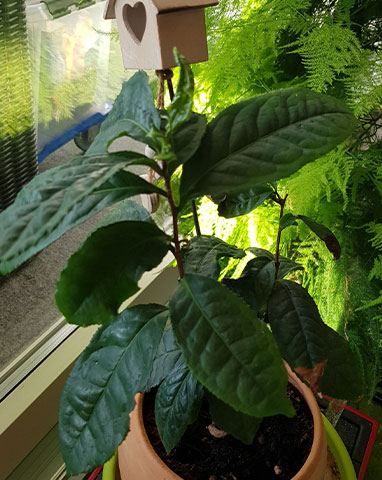Tea or Not
In the stricter sense of the word, only beverages derived from two particular subvarieties of Camellia Sinensis qualify as ‘tea‘. Everything else, including the popular drinks “chamomile tea” and “peppermint tea” as well as the novel Blue Cactus Ice Tea (left) should be called ‘infusions’. Throughout the world, however, we find a lot of drinks that are erroneously dubbed tea, and only too often the word ‘tea’ refers to a drink the preparation of which involved a ‘teabag’. In fact, some garden centres even sell ‘compost tea’, by which they refer to a small bag that contains a starter culture for your garden compost. Needless to say that you should stay away from this and most other types of tea bags if you want to elevate your tea drinking experience. Instead, you are well-advised to concentrate on loose tea made from the two varietals Camellia Sinensis var. Sinensis and Camellia Sinensis var. Assamica.
Camellia Sinensis var. Sinensis
The origins of this varietal are said to lie in Yunnan, China. Its leaves, which are used for the making of tea, are glossy, green, smallish, and serrated at the edges. Plant height is usually kept to about waist height for ease of plucking, but if not pruned the plant will grow into a tree. The story goes that Emperor Shennong liked his water boiled and often experimented with plants. Thus, when one day in 2737BC a few leaves accidentally dropped from a nearby tree into his hot water, he gave the brew a try, found it highly refreshing, and so laid the foundations for tea.
Camellia Sinensis var. Assamica
The origins of this varietal are said to lie in Assam, India. It is considered a much more tropical plant than Camellia Sinensis var. Sinensis. Its leaves are less finely serrated but visibly larger than its sister’s. It, too, will grow into a tea tree unless the plucking table is pruned back on a regular basis. CS var. Assamica prefers a humid climate, a lot of rain but it needs slightly acidic soil that drains extremely well in other to flourish. It loves a refreshing fog bath in the morning and a hot, sunny afternoon.






